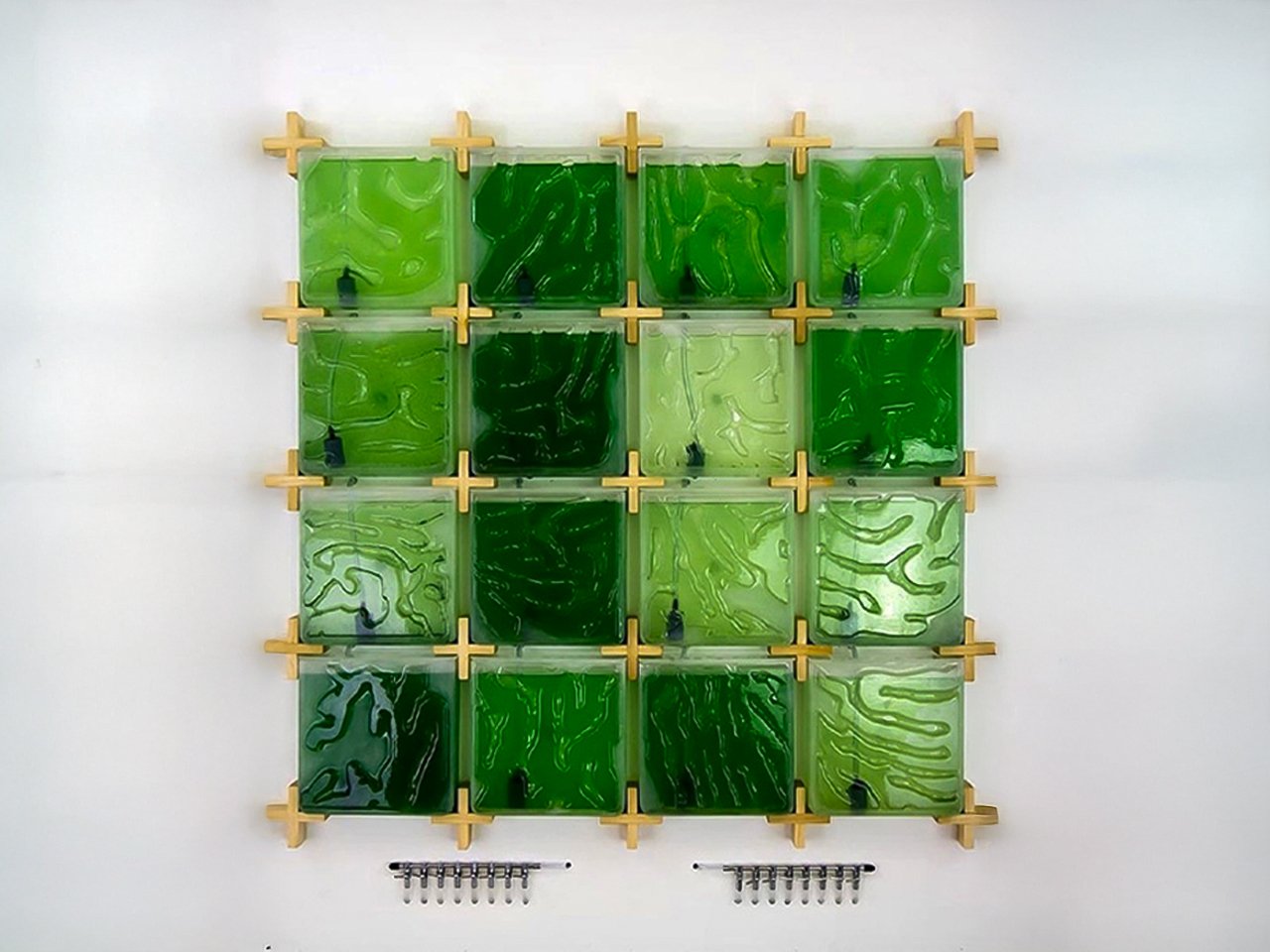Technology
Innovative Coral-Inspired Designs Transform Everyday Home Products

A new wave of home products inspired by coral ecosystems promises to blend functionality with aesthetic appeal. Italian designer Paolo D’Arrigo has unveiled the Coral Electric Radiator, which not only functions efficiently but also resembles a stunning coral reef sculpture. By utilizing algorithms similar to those governing coral growth, D’Arrigo has created a heating solution that maximizes heat distribution while serving as a piece of art.
The Coral Electric Radiator exemplifies how nature can influence modern design. Coral reefs have evolved over millions of years to create lightweight structures that optimize surface area, a principle D’Arrigo applied to enhance heating efficiency. Users can control the radiator through a smartphone app, choosing from twelve colors and programming schedules, turning a traditionally mundane object into a striking centerpiece.
Nature’s Principles Drive Sustainable Design
The inspiration drawn from coral extends beyond aesthetics. Designers are increasingly observing coral’s structural integrity and symbiotic relationships to develop sustainable materials and products. For instance, Mary Lempres and bio-geotechnical specialist Ahmed Miftah have combined these principles in the creation of Reef Rocket, a bio-cement structure designed to mitigate coastal flooding. This innovative solution mimics the ecological functions of oyster reefs, providing both environmental benefits and aesthetic value.
Reef Rocket is constructed using reclaimed materials, including crushed glass and oyster shells sourced from waste streams in New York City. This approach not only addresses coastal erosion but also promotes biodiversity and sustainability. The design showcases how nature’s efficiency can inform modern manufacturing, moving towards a circular economy rather than a linear “take, make, dispose” model.
Innovative Solutions for Everyday Challenges
The principles of coral ecosystems are also influencing everyday household items. The Coral by Ulrim is a wall-mounted indoor micro-algae farm that integrates wellness into daily life. This bioreactor cultivates algae, providing a sustainable source of nutrients while promoting efficient photosynthesis. Each of the sixteen modular cell blocks can produce algae that darken over time, indicating peak nutrient density for consumption.
Meanwhile, Microbi Design has reimagined traditional soap with its Coral Soaps collection. Designed by Laura Maria Gonzalez, these soaps feature intricate structures inspired by coral species, enhancing their visual appeal and functionality. The design also includes a matching dish that facilitates airflow, prolonging the soap’s lifespan. This innovative approach exemplifies how everyday items can embrace sustainability while also being artistically pleasing.
Students from Shih Chien University in Taiwan have also contributed to this movement with the installation “Marine Debris – Home,” which highlights the impact of ocean pollution. By depicting corals flourishing on marine debris, they create a visual contrast that underscores the pressing need for sustainable practices. This work serves as a reminder of the resilience of coral ecosystems and the challenges posed by human activity.
Overall, these coral-inspired designs illustrate a growing trend in product development that emphasizes both beauty and function. By learning from coral ecosystems, designers are finding solutions that address real-world problems, from energy efficiency to environmental sustainability. As more innovators draw inspiration from nature, the potential for creating functional and aesthetically pleasing products expands, inviting consumers to rethink the role of design in their homes.
-

 Education3 months ago
Education3 months agoBrandon University’s Failed $5 Million Project Sparks Oversight Review
-

 Science4 months ago
Science4 months agoMicrosoft Confirms U.S. Law Overrules Canadian Data Sovereignty
-

 Lifestyle3 months ago
Lifestyle3 months agoWinnipeg Celebrates Culinary Creativity During Le Burger Week 2025
-

 Health4 months ago
Health4 months agoMontreal’s Groupe Marcelle Leads Canadian Cosmetic Industry Growth
-

 Science4 months ago
Science4 months agoTech Innovator Amandipp Singh Transforms Hiring for Disabled
-

 Technology3 months ago
Technology3 months agoDragon Ball: Sparking! Zero Launching on Switch and Switch 2 This November
-

 Education3 months ago
Education3 months agoRed River College Launches New Programs to Address Industry Needs
-

 Technology4 months ago
Technology4 months agoGoogle Pixel 10 Pro Fold Specs Unveiled Ahead of Launch
-

 Business3 months ago
Business3 months agoRocket Lab Reports Strong Q2 2025 Revenue Growth and Future Plans
-

 Technology2 months ago
Technology2 months agoDiscord Faces Serious Security Breach Affecting Millions
-

 Education3 months ago
Education3 months agoAlberta Teachers’ Strike: Potential Impacts on Students and Families
-

 Science3 months ago
Science3 months agoChina’s Wukong Spacesuit Sets New Standard for AI in Space
-

 Education3 months ago
Education3 months agoNew SĆIȺNEW̱ SṮEȽIṮḴEȽ Elementary Opens in Langford for 2025/2026 Year
-

 Technology4 months ago
Technology4 months agoWorld of Warcraft Players Buzz Over 19-Quest Bee Challenge
-

 Business4 months ago
Business4 months agoNew Estimates Reveal ChatGPT-5 Energy Use Could Soar
-

 Business3 months ago
Business3 months agoDawson City Residents Rally Around Buy Canadian Movement
-

 Technology2 months ago
Technology2 months agoHuawei MatePad 12X Redefines Tablet Experience for Professionals
-

 Business3 months ago
Business3 months agoBNA Brewing to Open New Bowling Alley in Downtown Penticton
-

 Technology4 months ago
Technology4 months agoFuture Entertainment Launches DDoD with Gameplay Trailer Showcase
-

 Technology4 months ago
Technology4 months agoGlobal Launch of Ragnarok M: Classic Set for September 3, 2025
-

 Technology4 months ago
Technology4 months agoInnovative 140W GaN Travel Adapter Combines Power and Convenience
-

 Science4 months ago
Science4 months agoXi Labs Innovates with New AI Operating System Set for 2025 Launch
-

 Top Stories2 months ago
Top Stories2 months agoBlue Jays Shift José Berríos to Bullpen Ahead of Playoffs
-

 Technology4 months ago
Technology4 months agoNew IDR01 Smart Ring Offers Advanced Sports Tracking for $169










